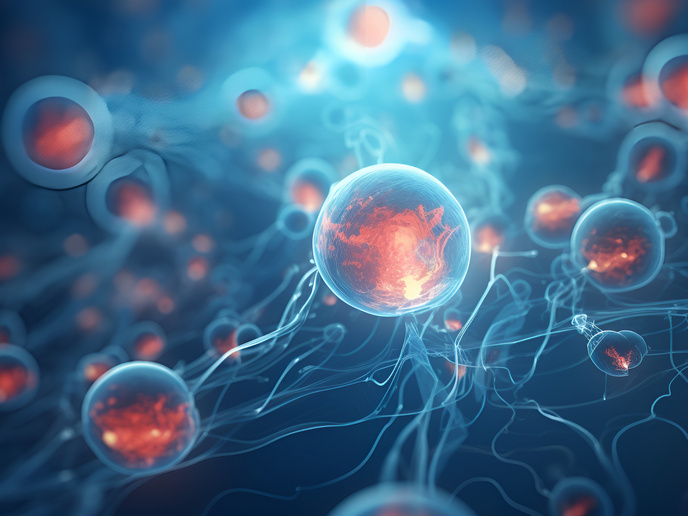Elucidating spliceosome structure and function
The spliceosome is a large RNA–protein assembly that catalyses the removal of introns from pre-messenger RNA (pre-mRNAs) and the splicing of coding exons to produce mature mRNAs. U1, U2, U5 and U4/U6 are small nuclear ribonucleoprotein particles (snRNPs). They assemble onto pre-mRNA substrates together with non-snRNP proteins to form the spliceosome. After extensive remodelling, the catalytically active spliceosome is obtained. The EU-funded 'Structural and biochemical examination of the yeast U4/U6 snRNP' (STRUCTUREU4U6SNRNP) project aimed to determine the structure of the U4/U6 snRNP by X-ray crystallography. This should provide insights into the spliceosome activation mechanism. In the first stage of the project, researchers produced all of the components (18 proteins and 2 RNAs) in quantities sufficient for crystal screening. They investigated biochemically, the assembly behaviour of these components in vitro. Their findings have revealed that it is possible to assemble the complex and that all components assemble into this complex with high affinity. Additionally, there was a high degree of either conformational or compositional heterogeneity present upon binding of one of the key components, the so called like Sm proteins (LSm complex). With the focus on LSm complex, scientists were able to obtain material that was far more homogeneous using native mass spectrometry for validation. Currently, work continues to determine the largest U4/U6 snRNA construct that allows formation of a discrete LSm-containing complex suitable for crystallisation. Ultimately, the goal was to understand the splicing mechanism in atomic resolution detail. The results of this project contributed to overall understanding of very important and fundamental cellular processes.







